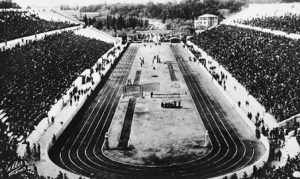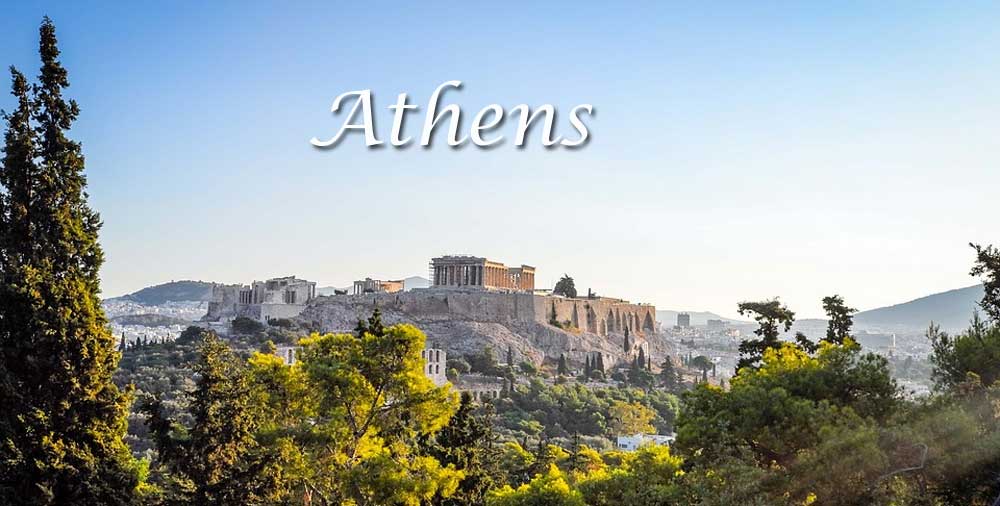The Panathenaic Stadium in Athens
The Panathenaic Stadium, also known as Kallimarmaro, is a stadium in Athens located east of Zappeion and north of the hill of Ardittos, through which the Ilissos River passes. In ancient times it was used to perform part of the Panathenaic in honor of the goddess Athena. Built between the hills of Agra and Arditto, in 329 BC, during Lycurgus, the stadium was orthomarbled, as until then the seats were wooden.
In 140 AD During the reign of Herod of Attica, a large-scale renovation took place in Panathenaic as well as an increase in its capacity to 50,000 seats. In unknown times of the Middle Ages it was completely stripped of its marbles, as were most of the ancient buildings of Athens. When King Otto declared Athens the capital of the Greek Kingdom in “kallimarmaro”, only the two quay walls of the right and left of the entrance remained as visible ruins of the former stadium.
Around 1856 Evangelos Zappas offered to allocate the expenses for the remodeling of this stadium in combination with the building space provided for exhibitions above the sling of the stadium. Thus the elaboration of the plans was entrusted to François Boulanger, but the realization of the work in this form was canceled. In 1874 and in order to hold the Olympic Games established by Zappas the following year, the Ilisos bridge in front of the Stadium was built from his legacy.
Then the track was roughly leveled and wooden steps were erected at the bottom of the slingshot for the officials. In 1895, in order for the next Olympic Games to take place, it was decided to partially renovate the Stadium on plans prepared by Anastasios Metaxas and Ernst Ziller.
 The Successor Constantine was asked for the financial help of George Averoff. Indeed, more in line with expectations, this national benefactor undertook to provide financially for all the cost of completing the project. However, because time was not enough until 1896, the sling marble of the stands was completed, as well as at least all the first rows of the track. At that time, the statue of G. Averoff was erected in front of the stadium (which is now to the right of the entrance), the work of the sculptor Georgios Vroutos, while the building itself received the nickname “kallimarmaro”. In the following years, the marble works of the whole stadium continued, which were completed in 1900.
The Successor Constantine was asked for the financial help of George Averoff. Indeed, more in line with expectations, this national benefactor undertook to provide financially for all the cost of completing the project. However, because time was not enough until 1896, the sling marble of the stands was completed, as well as at least all the first rows of the track. At that time, the statue of G. Averoff was erected in front of the stadium (which is now to the right of the entrance), the work of the sculptor Georgios Vroutos, while the building itself received the nickname “kallimarmaro”. In the following years, the marble works of the whole stadium continued, which were completed in 1900.
The Panathinaikon Stadium of Athens experienced great glories, national, political and artistic, such as the staging of the opera Aida. At this stage, the Song Olympiad was also organized for some years, which was interrupted. In 1996 the Atlanta Olympics were hosted at the Stadium and in 1997 it hosted the opening ceremony of the 6th World Athletics Championships, presented by the internationally renowned composer Vangelis Papathanassiou. At the recent Olympic Games, however, Kallimarmaro welcomed marathon runners and archers, while the National Team of Greece, which won the Pan-European Championship in 2004, was adored.
